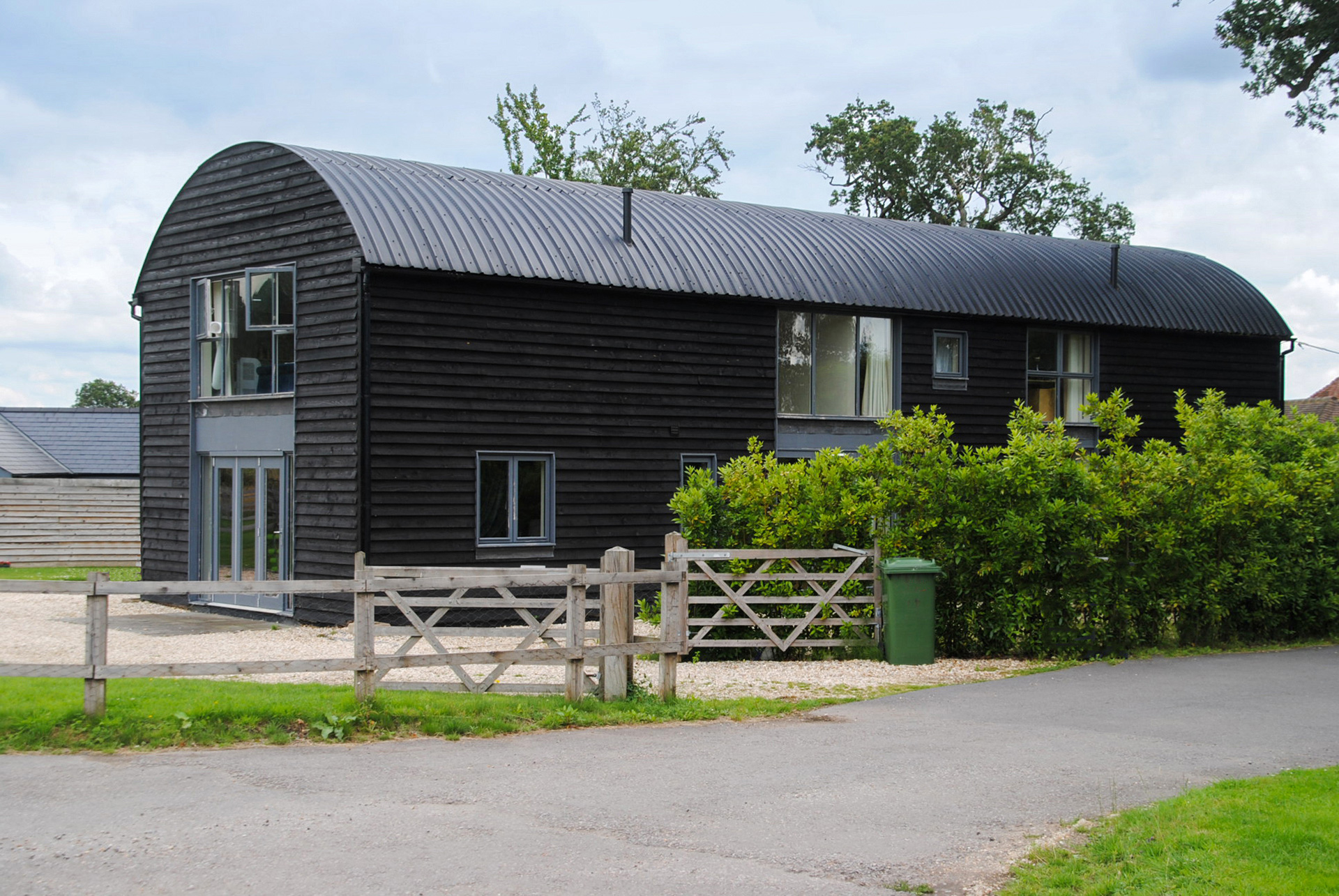
Class Q Permitted Development
Convert your agricultural building into a beautiful and sustainable home.
As a general rule, it is not permitted to build new homes in the open countryside. However, if you have underutilised or redundant agricultural buildings, it’s possible to use your Permitted Development Rights and convert them to residential use – commonly known as Class Q.
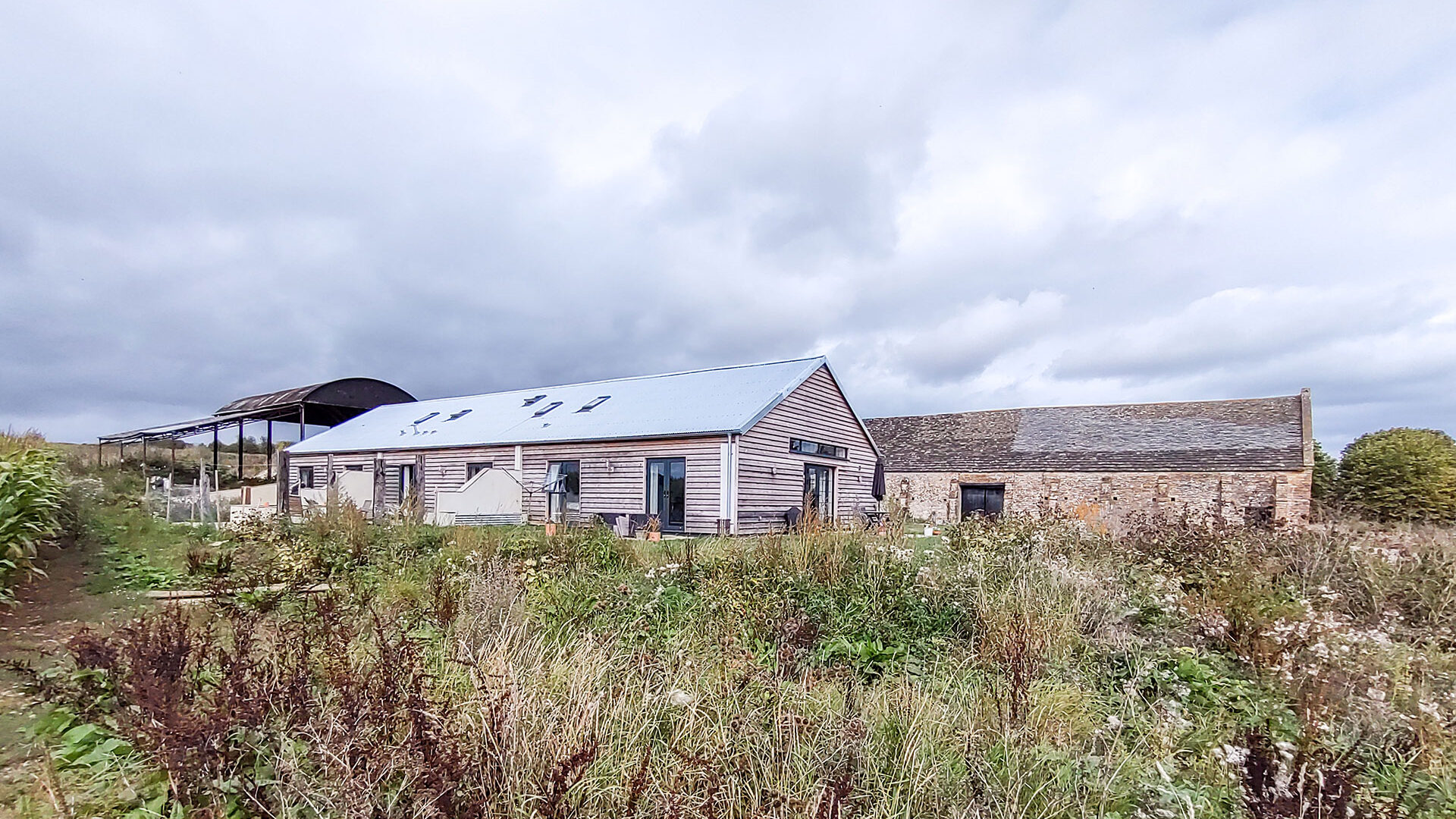
Development opportunities
Since May 2025, the amended Class Q legislation allows for the creation of up to 10 new dwellings on a single agricultural holding and the amount of space you can convert has increased to 1,000sqm. However, the largest house you can create is limited to 150sqm, so in order to have 10 dwellings, this floor area will need to be 100sqm per house.
It is also now possible to propose an extension to the rear of an existing building, only by up to 4m on any hard surface which existed prior to 24th July 2023.
A simple barn conversion of a small brick and corrugated iron barn into an attractive brick and slate dwelling utilising Class Q permitted development.
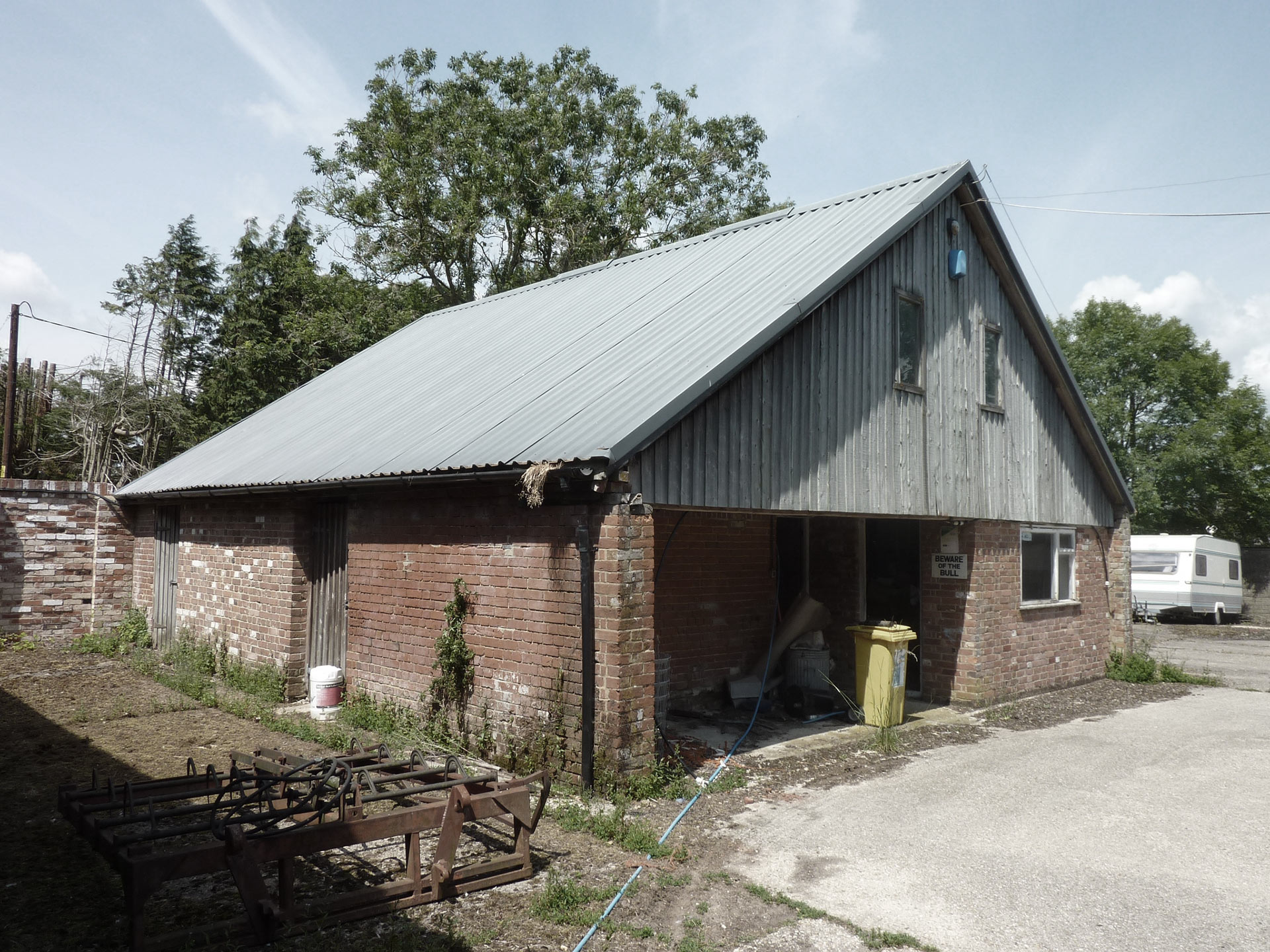 Before
Before
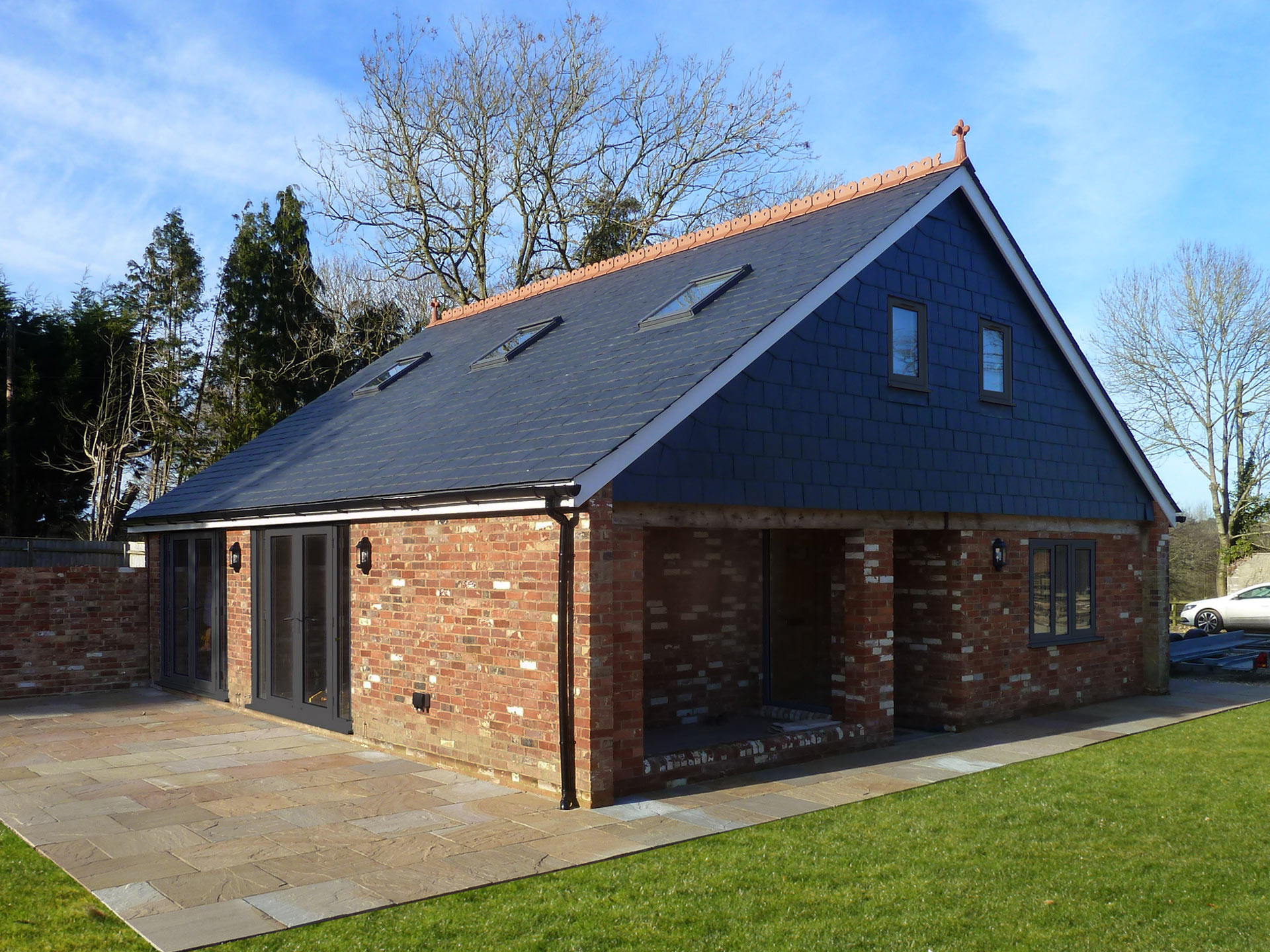
After
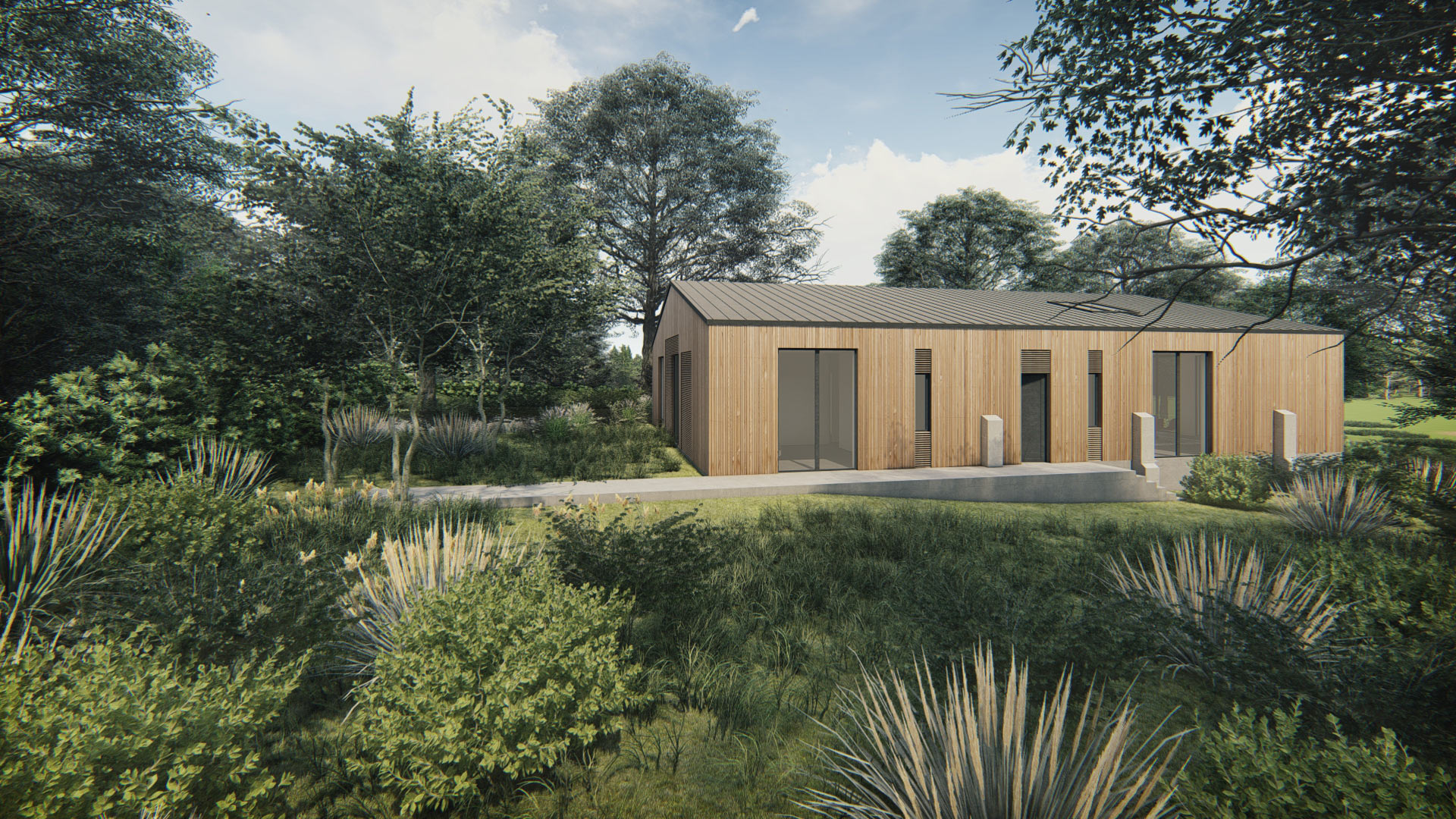
Development Restrictions
Some restrictions apply which would prevent using this route, such as if the property is in a very remote location away from a road, Listed or within a National Landscape (formerly named Areas of Outstanding Natural Beauty) or Conservation Area.
An approval will allow for the change of use of multiple buildings and some alterations such as replacing roofing and forming new window and door openings. It does not allow for any works that would increase the size of the building such as extensions or porches but does allow a rear extension of up to 4m onto a hardstanding which was present prior to 24th July 2023 (or 10 years if not present on this date). A planning application would be required for other additional works.
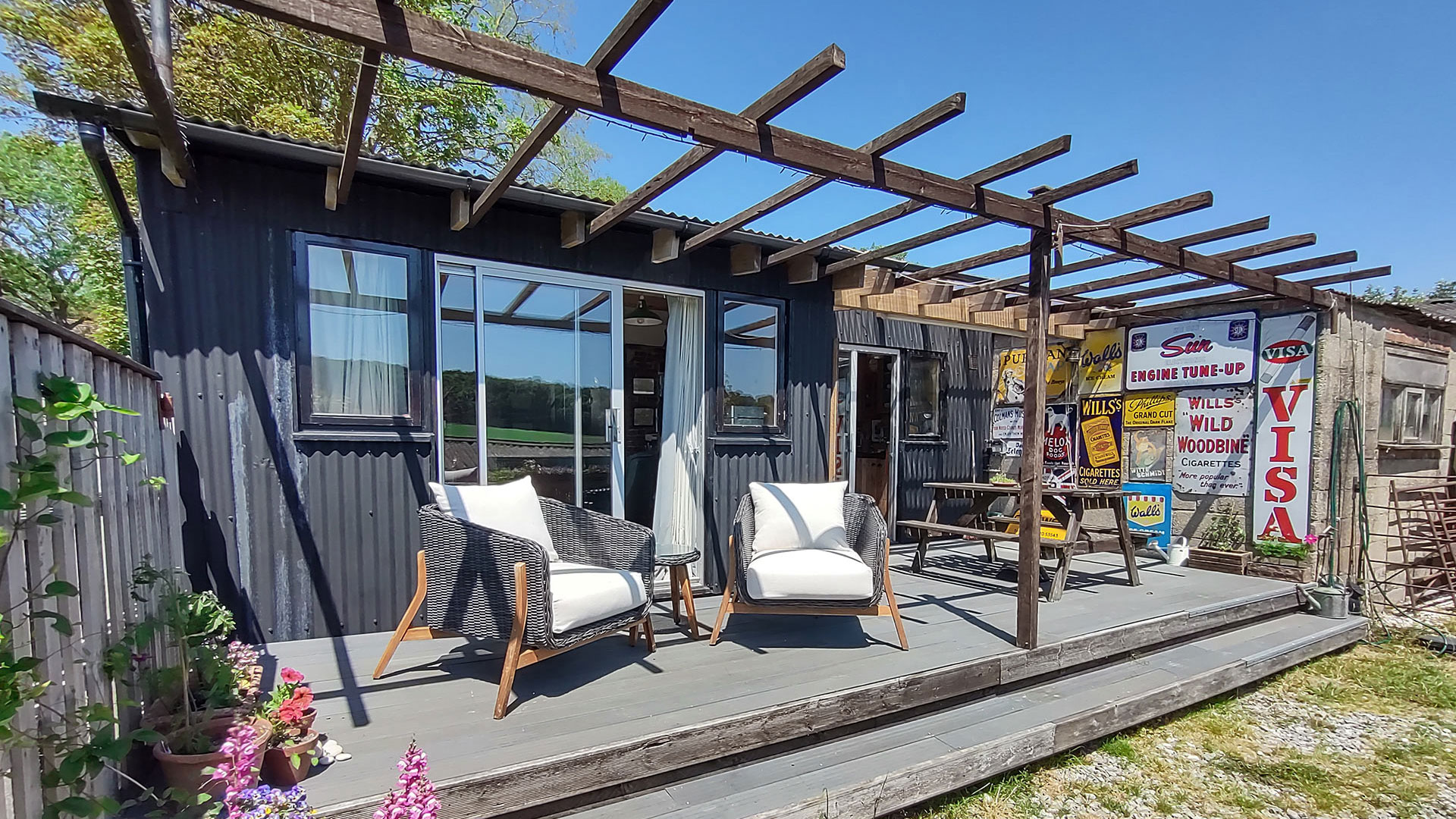
If your barn existed on or before 24th July 2023 and you have not taken advantage of Class A or Class B of Part 6* (new or extensions to barns) in the last 10 years, you can now apply for Class Q provided it is on an established agricultural unit.
If you built the barn under permitted development, you will need to wait for 10 years before undertaking a Class Q conversion.
*The Town and Country Planning (General Permitted Development) (England) Order 2015
The extent of works permissible under the Class Q route is somewhat restrictive and whilst it sets a precedent for providing a new house, the approval may not maximise the potential of the site or your finances.
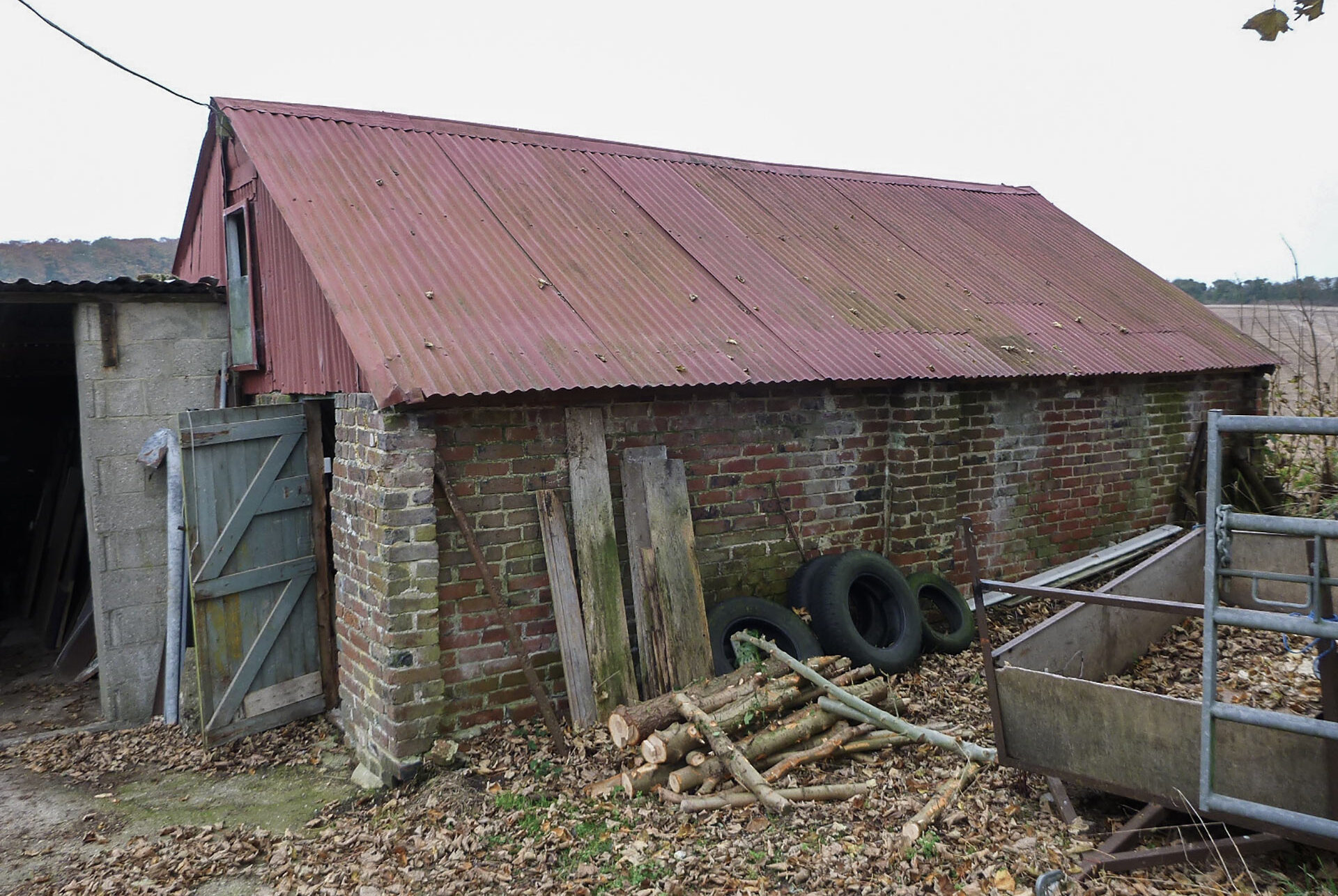 Before
Before
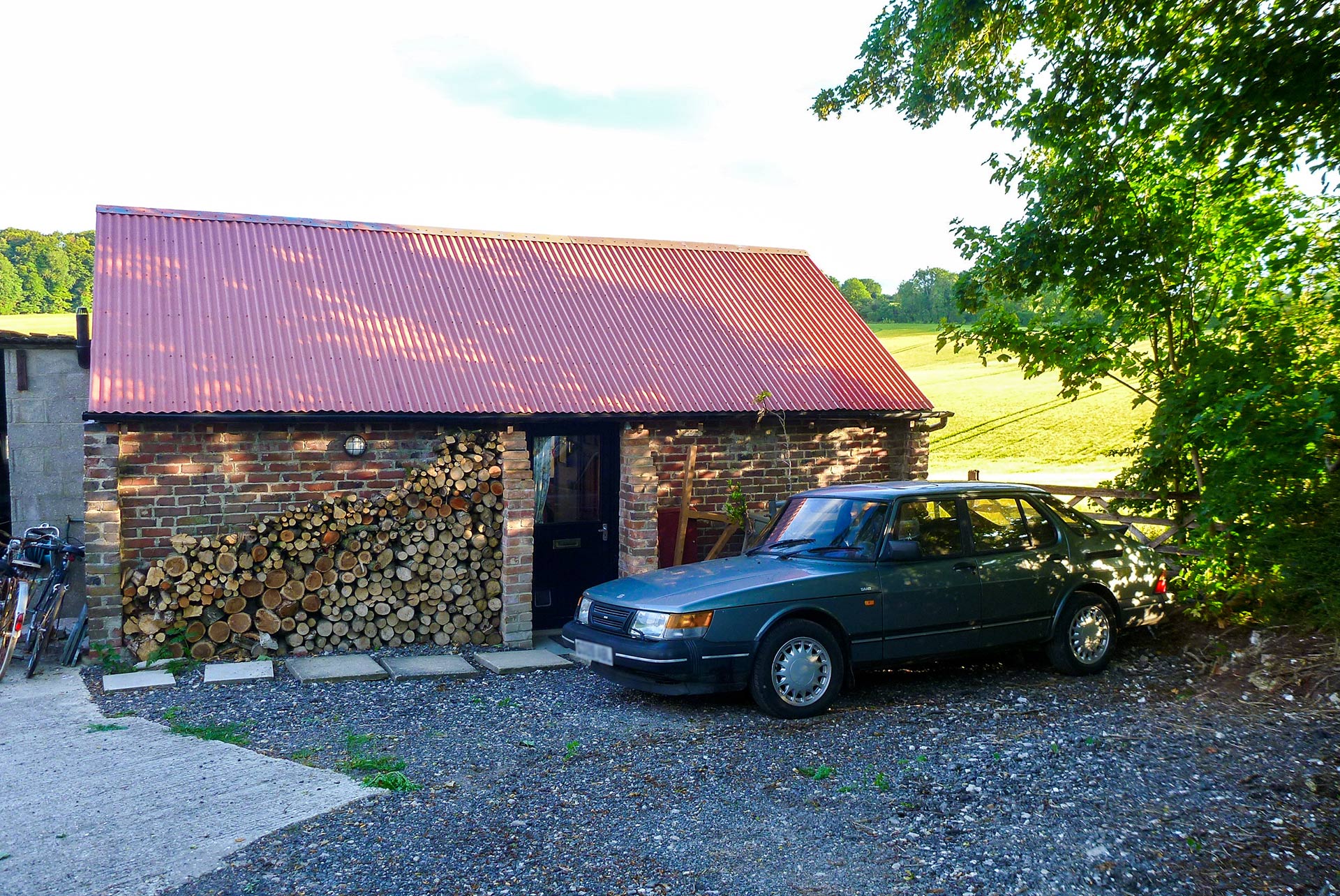 After
After
A Class Q Conversion transforms a dilapidated barn into a quirky holiday let near Blandford.
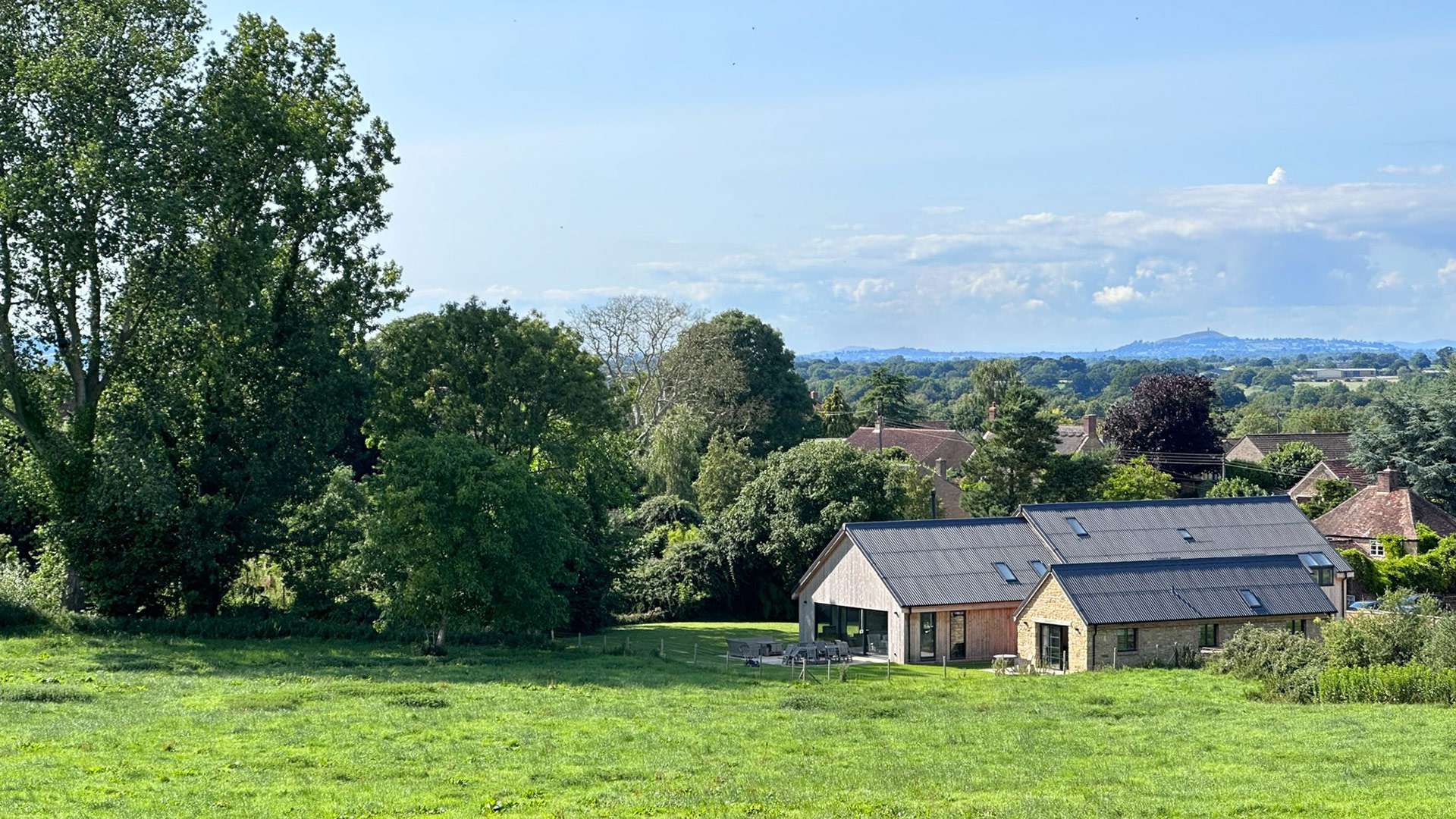
Why choose WDA?
We have a strong track record and extensive expertise in Class Q projects and excel in navigating the challenges associated with agricultural building conversions. Our architects skillfully blend modern elements with existing structures, preserving authenticity and character while meeting regulatory requirements.
Through close collaboration with our clients, we prioritise translating your visions into distinctive, practical spaces, alongside incorporating sustainability and energy efficiency when possible. This commitment ensures that our projects not only meet expectations but also stand the test of time.
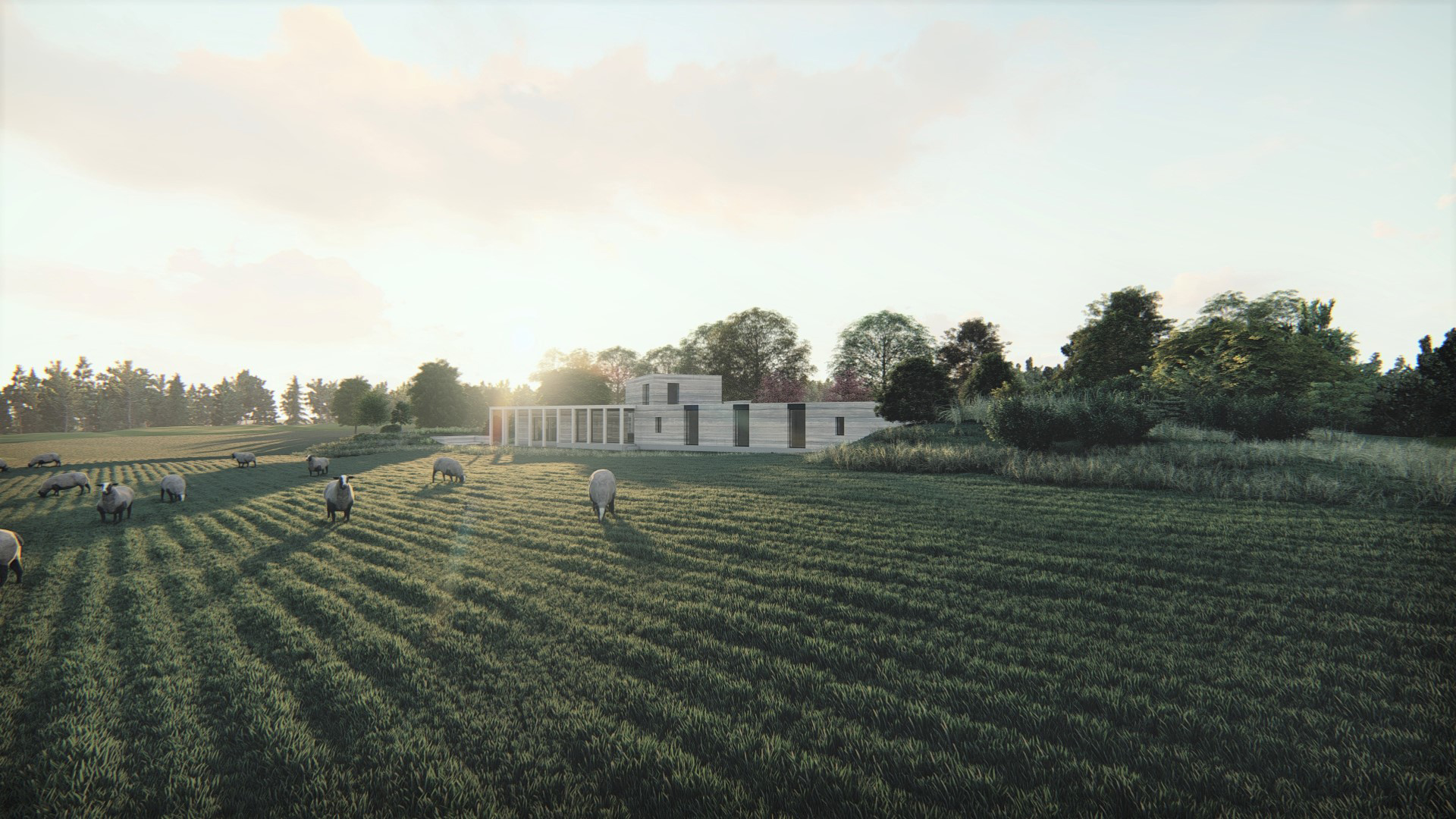
The fallback position
The fallback position provides a route to improve an existing class Q planning consent.
Some buildings are also simply unattractive or too large to make into a beautiful new home through the Class Q route.
Local authorities now accept that following the grant of approval under Class Q, a planning application can be submitted and considered for approval for a completely new residential development. This is in lieu of converting the existing building, referencing the Class Q as a fallback position to make the case the principle has already been established on the site.
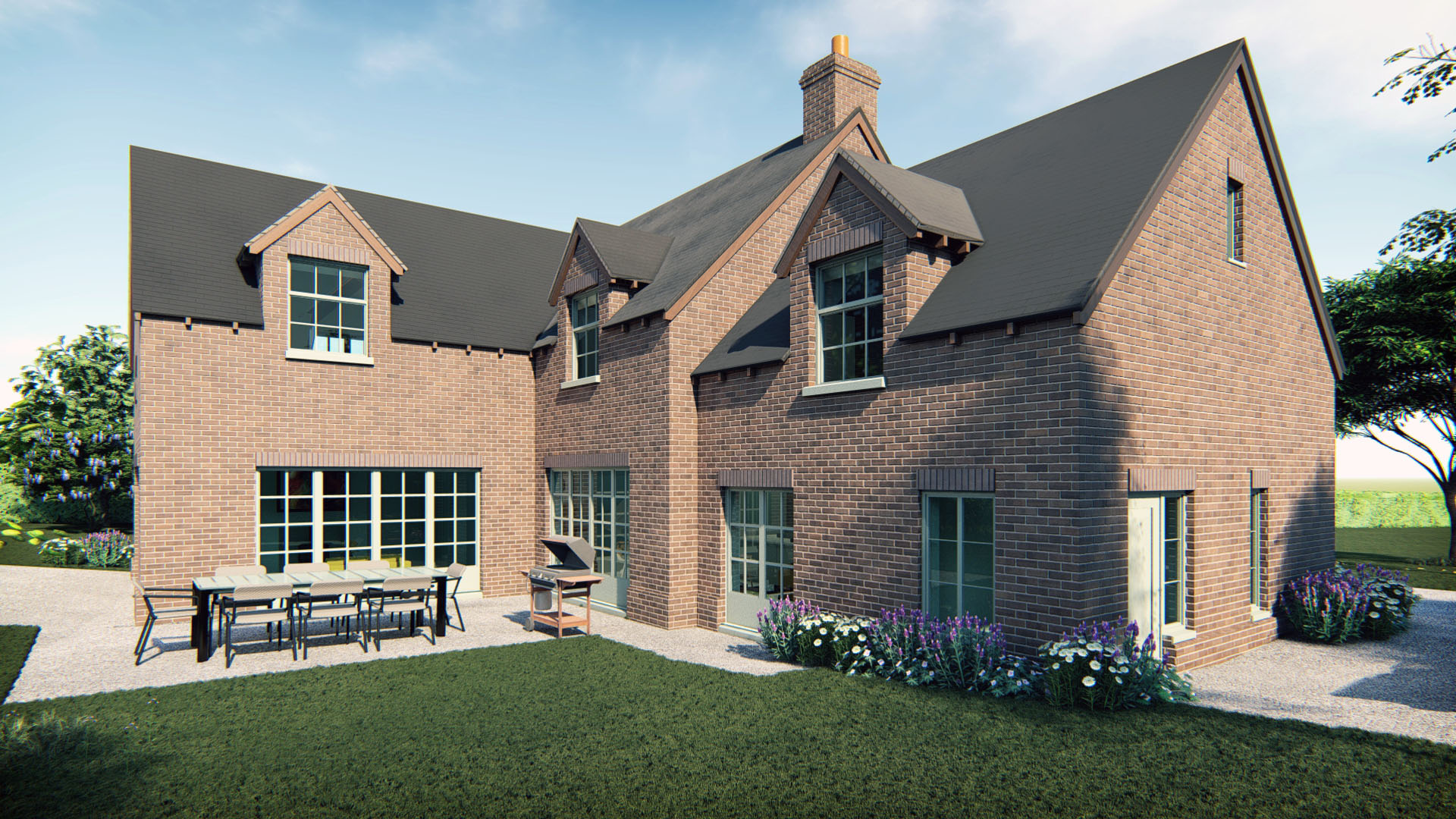
There are several distinct advantages to doing this, some of which are;
- You are not constrained by the form and shape of the existing building which will allow you to make better use of the site and provide a more attractive building and surroundings.
- A planning application relying on the fallback position can include changes to external works and ground levels, something not permissible under Class Q. Landscaping proposals are essential to ground a building in its setting.
- There is scope to reposition a new building on the site if it will provide clear enhancement. Whilst a planning officer might not allow placing the new building a distance away from the existing, we have successfully gained approvals to reposition a building on a site.
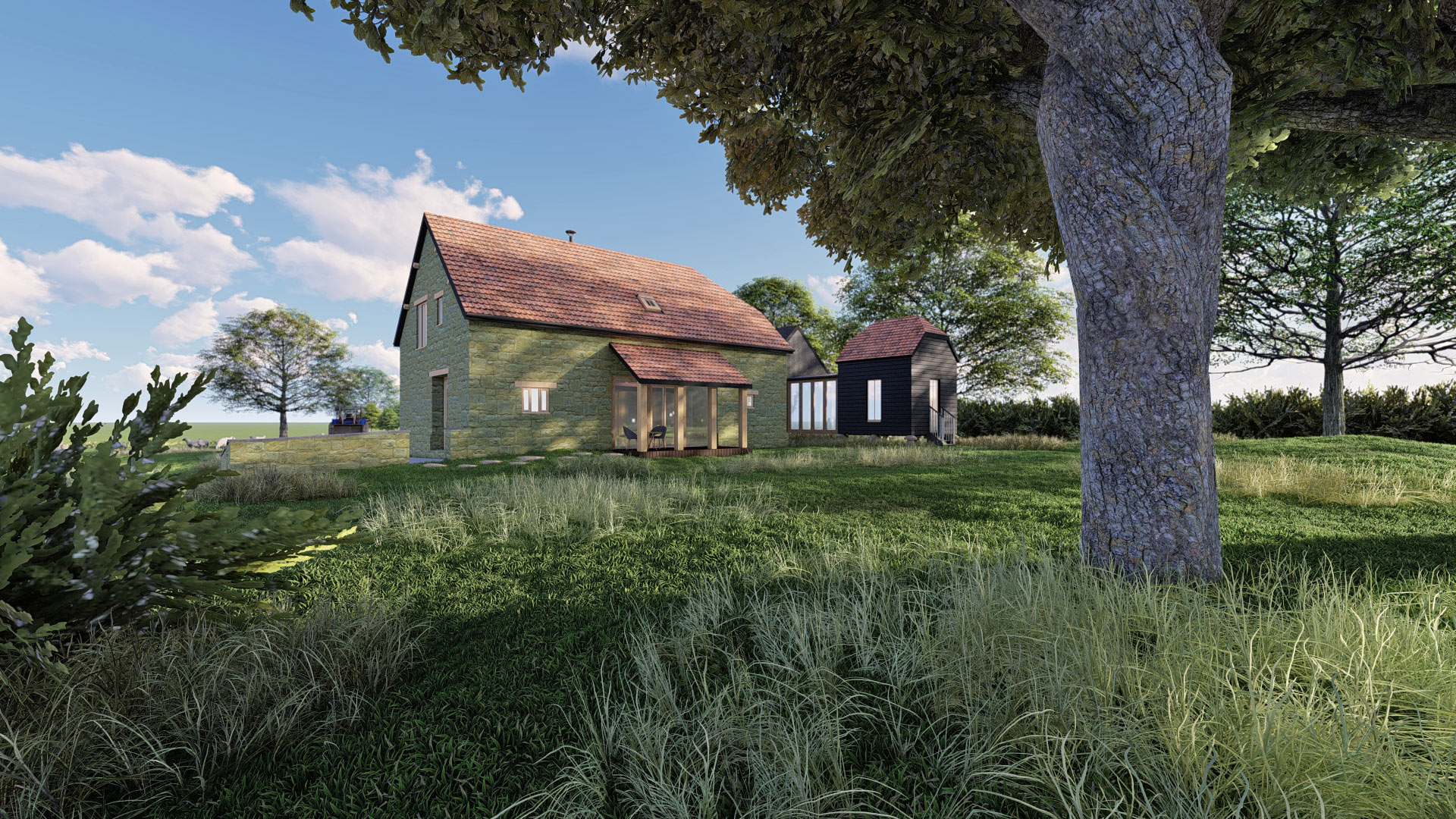
- Each application is judged on its own merits but it’s also possible to make the new building larger than the Class Q approval.
- A planning approval means you will only need to make a start on site within 3 years, whereas a Class Q approval must be complete within 3 years. This gives you flexibility in terms of time to build out the approval.
- Whilst VAT on build costs is reduced to 5% on the conversion of agricultural buildings to residential, there is no VAT if you demolish the existing build a new home.
There is no guarantee a Local Authority will grant approval for a Class Q approval, let alone a subsequent planning approval for a new dwelling.
We are receiving an increasing number of successful approvals which have recognised the legitimate material consideration of the fallback position.
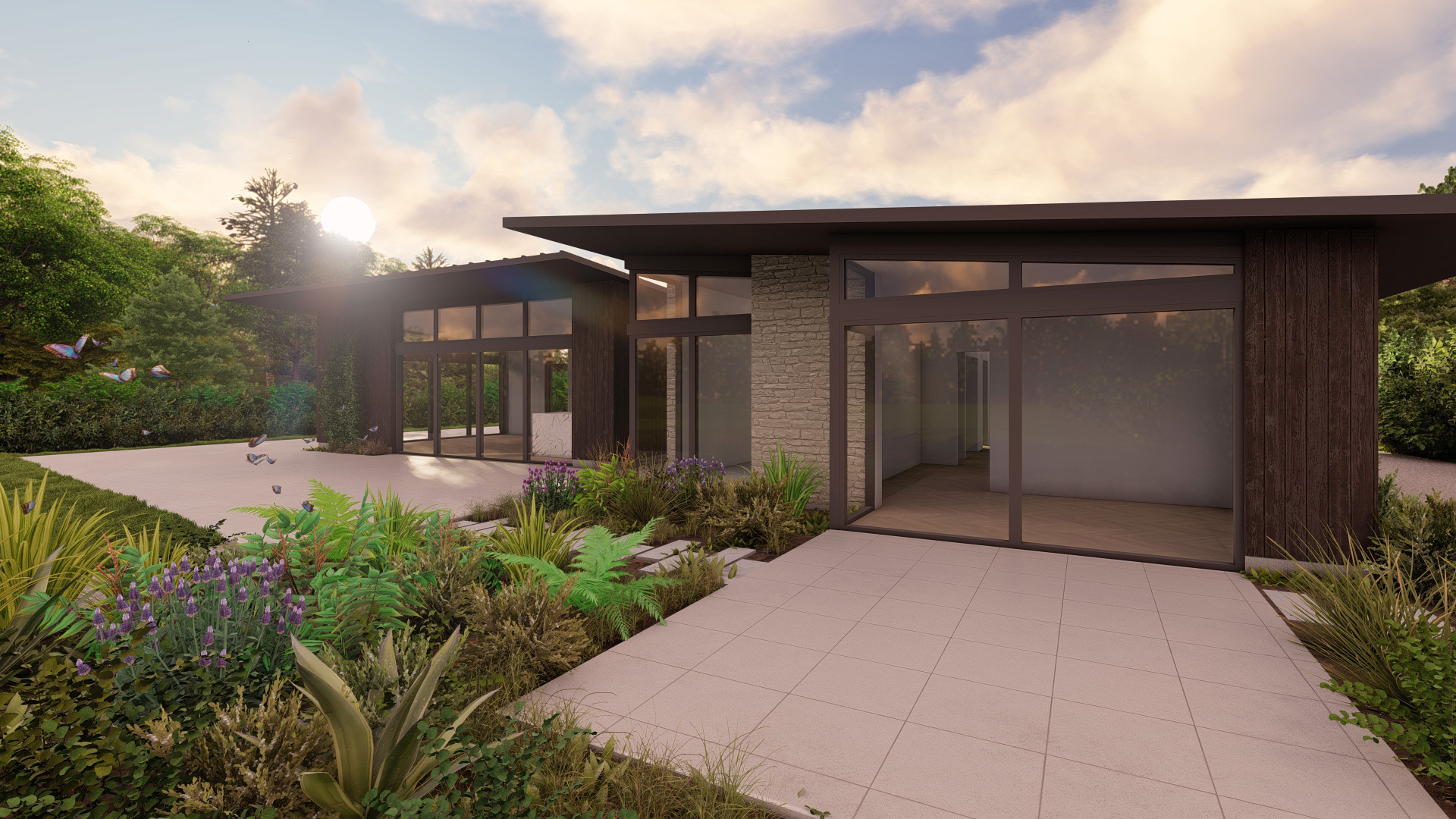
Continue your journey…
Read more about the design stages and our architectural services on our comprehensive Services page or head back to our main Agricultural Sector page to view other types of residential projects.